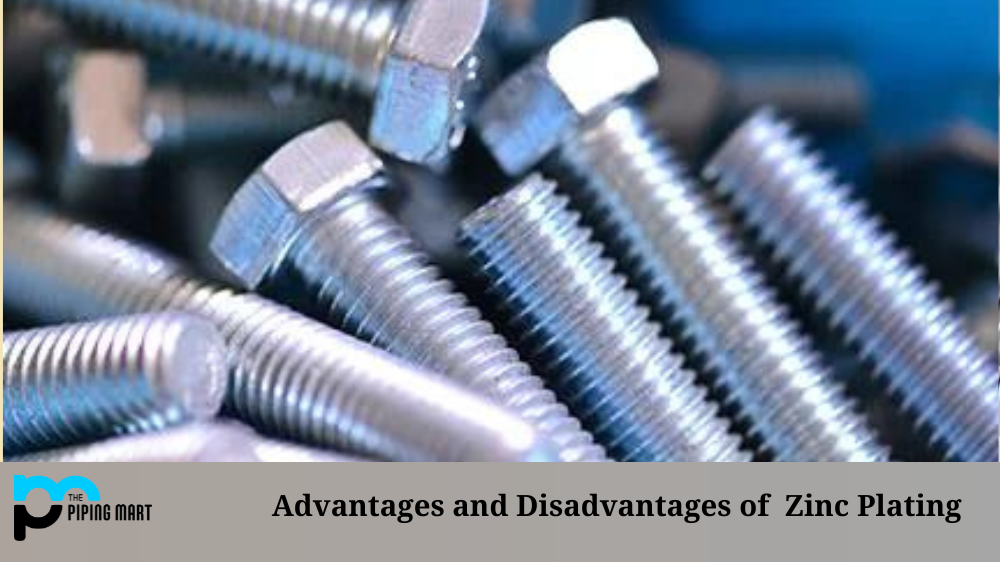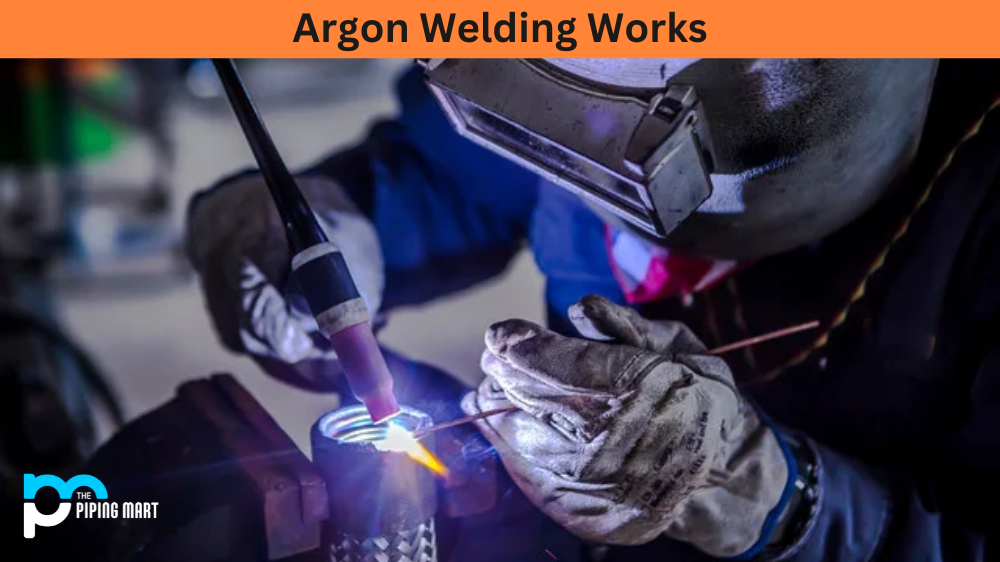What is Maraging Steel?
Maraging steels are a unique class of low-carbon steel that exhibits higher strength and toughness compared to most other steels while having a similar ductility. They are ultra-high-strength steel alloys. The term “maraging,” which is formed from the words “martensitic” and “aging,” describes the process of fortifying steel.
In contrast to other steel alloys, maraging steel is hardened by the precipitation of a specific group of other intermetallic compounds, not by the presence of carbon. Maraging steel is able to produce combinations of high strength and hardness while preserving relatively high ductility thanks to the lack of carbon and the application of intermetallic precipitation. The term “maraging” refers to the martensite age-hardening procedure that takes place in a martensite matrix in the absence of carbon. Parts for tools and weaponry as well as the aerospace industry both frequently use maraging steels.
Composition and Grades of Maraging Steel:
According to their nominal yield strength in thousands of pounds per square inch, maraging steel grades are given names (ksi). The commercially available maraging steels are intended to produce certain yield strengths between 1,030 and 2,040 MPa (150 to 350 ksi). The yield strengths of some maraging steels can reach 3,450 MPa (500 ksi) or more.
Maraging steel often has significant amounts of nickel, cobalt, and molybdenum in its chemical makeup. It’s noteworthy to note that carbon content is often controlled to levels of less than 0.03 percent because it is regarded as an impurity in these alloys. Keep in mind that the yield strength is included in parenthesis after the steel designation (in units of ksi).
Different maraging steel grades that have been developed include:
- Various Grades of Stainless
- Further Cast Grades
- Additional tiers of strength
- Low-cobalt and cobalt-free grades
- Grades specifically for heavy sections
- Grades that have exceptional magnetic properties
Properties of Maraging Steel:
Some of the most advantageous qualities of maraging steels include high ultimate tensile and yield strengths high impact strengths, ductility, and toughness. It possesses high compressive strength, fatigue strength, and resistance to wear are adequate for a variety of tooling applications. Strong resistance to the spread of cracks, quickly created – cold, warm, and hot (without anneals in the process) is also considered beneficial. Excellent polishability and good weldability without preheating or post heating, low furnace temperatures demanded heat treatment for aging, and precipitation hardening can be some helpful properties. Maraging steel displays minimal deformation during heat treatment (.0009 in/in C250 /.001 in/in C300) and homogeneous, predictable shrinkage during heat treatment freedom from carburization or decarburization through hardening without quenching
superior to conventional tool steel, low coefficient of expansion reduces heat checking, pitting, and corrosion. Maraging steel has dependable repair weldability, and longer tool life due to good mechanical qualities that are easily reworked and retracted for secondary tool life.
Maraging steels are nickel-rich, carbon-free alloys that retain their malleability while having superior strength and toughness. These steels belong to a specific category of low-carbon, ultra-high-strength steels that get their strength from intermetallic complexes precipitating rather than from carbon. Nickel (15–25 weight percent) is the principal alloying ingredient. Cobalt, molybdenum, and titanium are minor alloying elements that are added to create intermetallic precipitates.
There are 17% to 19% nickel, 8% to 12% cobalt, 3% to 5% molybdenum, and 0.2% to 1.6% titanium in common, non-stainless steel grades. In addition to preventing corrosion, stainless grades rely on chromium to increase the alloy’s ability to harden because its nickel content is significantly lower. This is done to ensure that when they are heated, they can change from austenitic to martensite, as high-chromium, and high-nickel steels are typically austenitic and cannot go through such a transition. Maraging steels made from non-stainless metals have a moderate level of corrosion resistance and may withstand stress corrosion cracking and hydrogen embrittlement. Cadmium plating or phosphating can provide more corrosion protection.
How is Maraging Steel processed?
From a manufacturing standpoint, maraging steel is very beneficial due to its strength and operating properties. Maraging steel can be significantly cold-rolled without cracking, nitrided, or case-hardened before being aged or heat-treated. The alloy is also simple to work with and exhibits very little thermally-induced dimensional change during heat treatment.
Austenitizing, or heating the steel to the austenite phase area (about 850 °C), is the process used to create maraging steel, which is then slowly cooled in the air to generate a martensitic microstructure. Ferrite and pearlite are typically formed when hypoeutectic steel cools slowly from the austenite phase; martensite is frequently formed by cooling quickly by quenching in water or oil. The high nickel concentration in maraging steel, which prevents the production of ferrite and pearlite, causes martensite to form instead upon slow cooling. When compared to the martensite generated by quenching in normal carbon steels, the martensitic microstructure of maraging steel is softer as it is cooling. This softness has a benefit, though, in that it produces excellent ductility and toughness without the need for tempering.
Because maraging steel is softer than strong martensitic steel, it can be machined into structural components without needing to be tempered first to prevent breaking.
Before being employed in aviation components, maraging steel goes through one more stage of strengthening after quenching that involves thermal aging. A fine dispersion of hard precipitates inside the soft martensite matrix is created by heat treating maraging steel at 480–500 °C for a number of hours. Due to the high alloy concentration, the primary types of precipitates Ni3Mo, Ni3Ti, Ni3Al, and Fe2Mo occur in high volumes. The low carbon content virtually eliminates the precipitation of carbon dioxide. Cobalt is a crucial alloying component that has multiple uses in maraging steel.
Cobalt is used to raise the volume fraction of molybdenum-rich precipitates by lowering the solubility limit of molybdenum (e.g. Ni3Mo, Fe2Mo). Additionally, cobalt aids in the homogeneous distribution of precipitates throughout the matrix of martensite. Cobalt speeds up the precipitation process, reducing the amount of time needed to reach maximum hardness. Complex Ni50(X, Y, Z)50 precipitates are seen in more recent grades of maraging steel, where X, Y, and Z are solute elements like Mo, Ti, and Al.
By effectively preventing dislocations from moving, the precipitates in maraging steel encourage strengthening through the precipitation hardening process. It is possible to age-harden materials for several hours in the ideal temperature range of 480–500 °C, resulting in yield strengths of about 2000 MPa while retaining high ductility and toughness. Due to precipitate coarsening and martensite disintegration with a reversion back to austenite, excessive aging results in a loss of strength. When combined with ductility and toughness, maraging steels’ strength is significantly higher than that of the majority of other aerospace structural materials, making them the ideal material for heavily loaded structures that must fit into a small space on an aircraft but still require high levels of damage tolerance.
Uses of Maraging Steel:
Maraging steels are utilized in industrial applications such as aircraft and others that call for materials with a high strength-to-weight ratio. The most typical uses for maraging steels include:
In producing equipment such as Zinc and aluminum dies, various dies for casting and forging, holders for carbide dies, containers dies, and rams for extrusion presses, in machines tools gears, index cards, Pistons as well as Springs, Spigot shafts, and Mandrels for cold reduction.
In the aerospace industry as parts of the airplane include securing rails, catching hooks, pivoting gimbal rings, casing for rocket motors, charge cells, shockproofing for the lunar rover, and adaptive flexures. Maraging steel is used in aircraft for a variety of high strength-to-weight applications, such as landing gear, helicopter undercarriages, slat tracks, and rocket motor cases. A unique combination of high tensile strength and high fracture toughness is provided by maraging steel. The majority of high-strength steels have low toughness, and their toughness decreases with increasing strength. Maraging steel is an exceptional material for safety-critical aircraft structures that need high strength and damage tolerance due to its uncommon combination of high strength and toughness.
Applications also include the military in the form of springs used in cannons, military bridges that are portable and light, and casing for rocket motors.
Some additional uses comprise auto racing components (rods, shafts, gears), parts of uranium enrichment plants (rotors, shafts), cable plugs, hoses for hydraulics, casings and impellers for pumps, tensile test apparatus, and ultracentrifuge rotors. Maraging steels have recently been shown to be ideal for the manufacturing of parts via 3D printing due to their characteristics and a broad variety of applications, including extensive use in the aerospace industry.

Pipingmart is B2B portal specializes in industrial, metal and piping products. Also, share latest information and news related to products, materials and different types grades to help business dealing in this industry.




